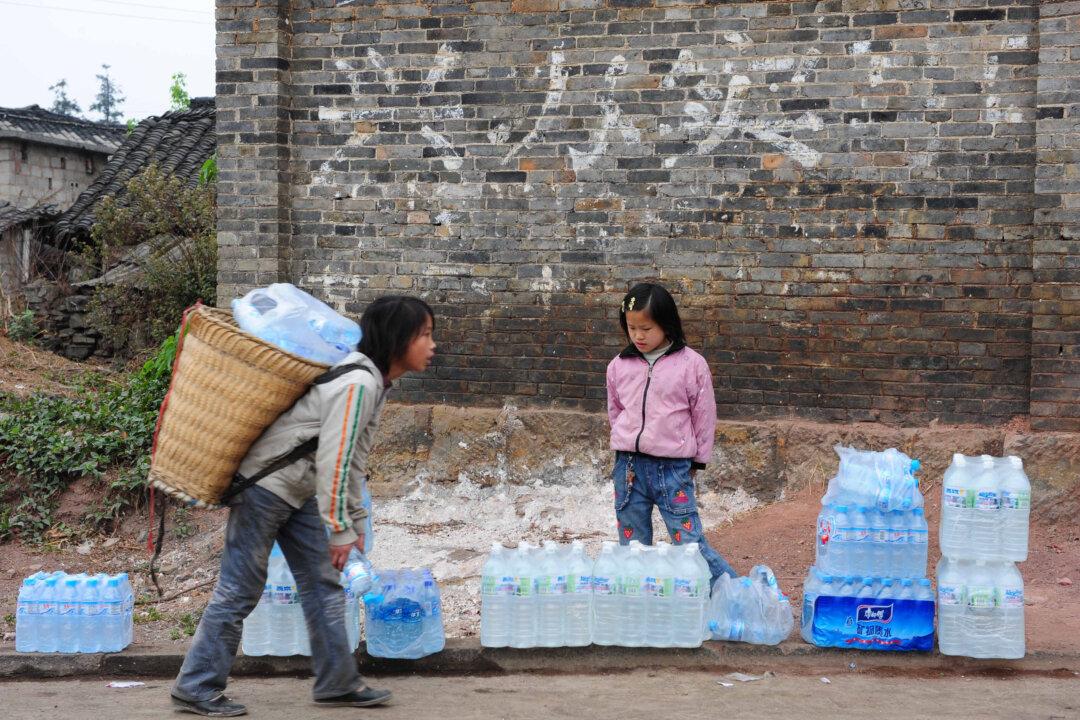A new report by the market research firm Canadean Research Ltd. projects that global bottled water consumption will overtake carbonated beverage consumption for the first time this year—233 billion liters (61.55 billion gallons), compared to 227 billion liters.
Just five years ago, bottled water consumption was 170 billion liters, compared to 215 billion liters of fizzy soda drinks, according to Canadean.
As consumers in Western countries turn toward healthy lifestyles and healthy diets, bottled water is increasingly becoming the drink of choice. Meanwhile, soda’s appeal has diminished as scientific studies link its high-sugar content to obesity and diabetes risk.
Soda sales in the United States, for example, have dropped to mid-1990s levels, while annual per capita consumption has fallen to its lowest levels since 1986—at 674 8-ounce servings per person, according to industry publication Beverage Digest.
According to Canadean, the United States is the second biggest consumer of bottled water in the world, at 15 percent of global consumption.
The popularity of bottled water in the United States has propelled beverage companies to impressive growth rates: In 2014, Nestlé Waters (which includes bottled water and tea brands) surpassed Dr. Pepper Snapple Group to become the third biggest beverage company, with 11 percent of U.S. market share. Nestlé’s sales volume grew by 9.1 percent, compared to 0.3 percent growth at the No. 1 beverage company, Coca-Cola.
But in the No. 1 bottled water market in the world, China—which makes up 17 percent of the world’s consumption—people are buying water because they cannot find safe sources of water elsewhere.





